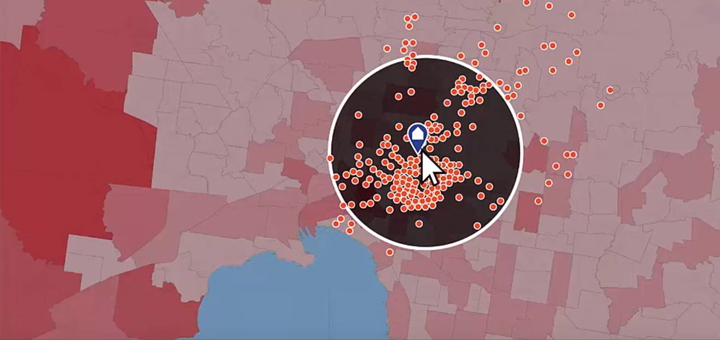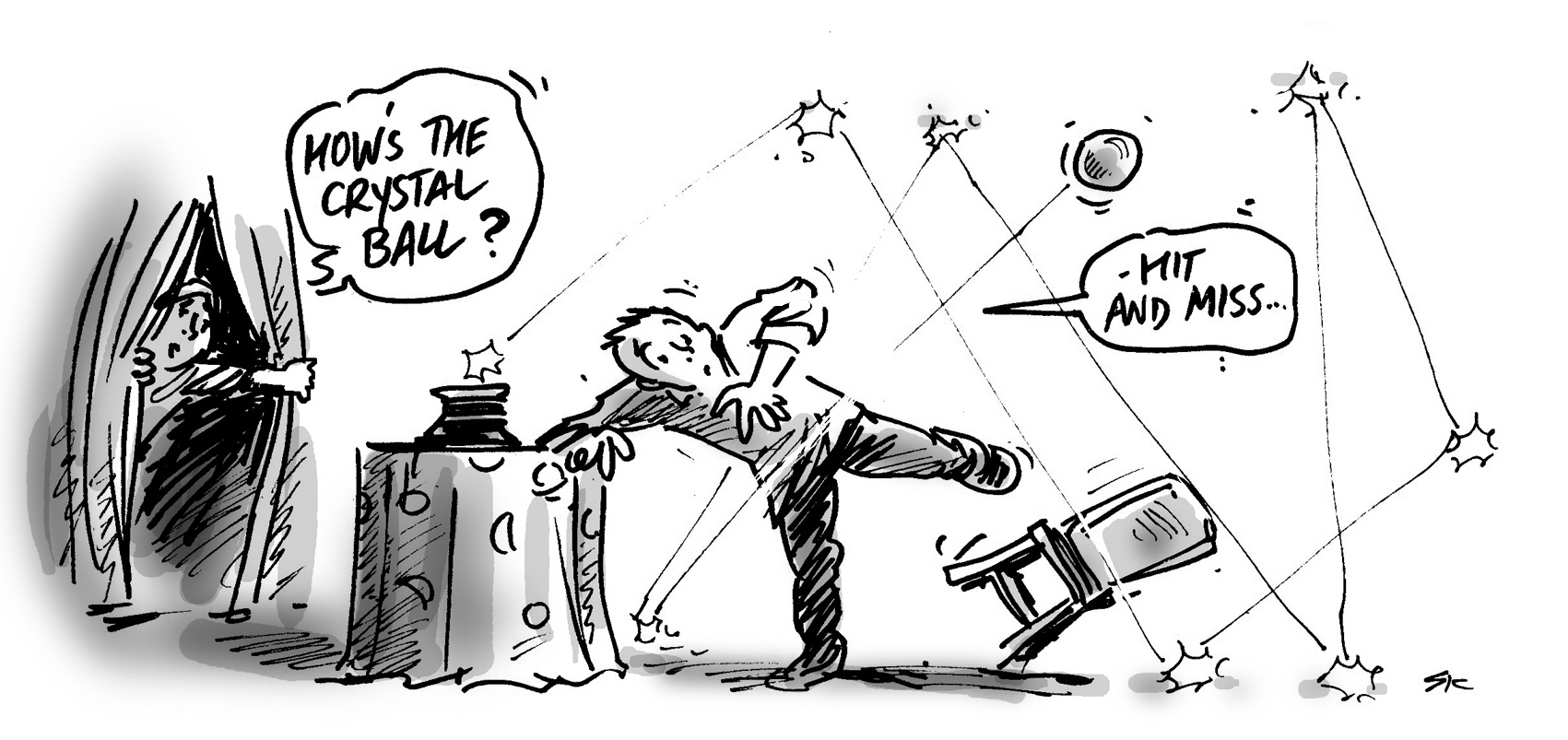Demography is the study of people and populations. But how does demographic data translate into information relevant to businesses and organisations?
People often approach us asking for a single number (eg. Can you tell me how many people live in X,Y, or Z?) But the power of demographics lies deeper than data.
Demographics helps us to describe and quantify characteristics of a populace – How old is Australia’s population? How educated is our society? How do we live? What do we do? Perhaps most importantly, it helps us understand: How are we changing?
We can use demographic and other information to tell the story of people and places. Demographic stories bring data to life, helping to draw out insights, put the information in perspective, provide context, and highlight its significance (or insignificance) over time. These stories help make data more relatable and easier to communicate and understand. Above all, demographic information and stories can be used to answer complex questions organisations face such as: Where should I expand or locate my business? Such questions may appear unrelated to demographics, however demographic information can be used spatially to highlight patterns that can answer these strategic questions.
By analysing past and present demographic information, we begin to understand the changing dynamics of people and places, identifying patterns that can help us foresee demand in the future. An example of a common pattern people follow is the suburb lifecycle, which is used to explain the movement of people within a suburban area over time. The suburb lifecycle quantifies the movement pattern of people within an area using various indicators such as life-stage and building approvals. To find out more about how this pattern plays out, read our recent blog: Where are the growing and slowing suburbs for school-aged children?
Businesses can use demographic analysis to:
- quantify demand for products and services, now and in the future
- identify patterns to understand where demand will be greatest
- explain what is driving changes in demand
- decide where and when to locate products and services.
In short, demographic information provides an evidence-base that businesses can use to make informed decisions about the future.
Here’s a short video to further explain how demographics can help your business
To learn more about how businesses and local governments use demographics to help them make informed location decisions, read their stories here.
.id is a team of demographic and spatial analysts, urban economists, industry sector experts, IT and data management specialists. We use a unique combination of online tools and consulting to help organisations decide where and when to locate their facilities and services, to meet the needs of changing populations. Access our free demographic resources here and you can have a crack at putting this kind of narrative together.









